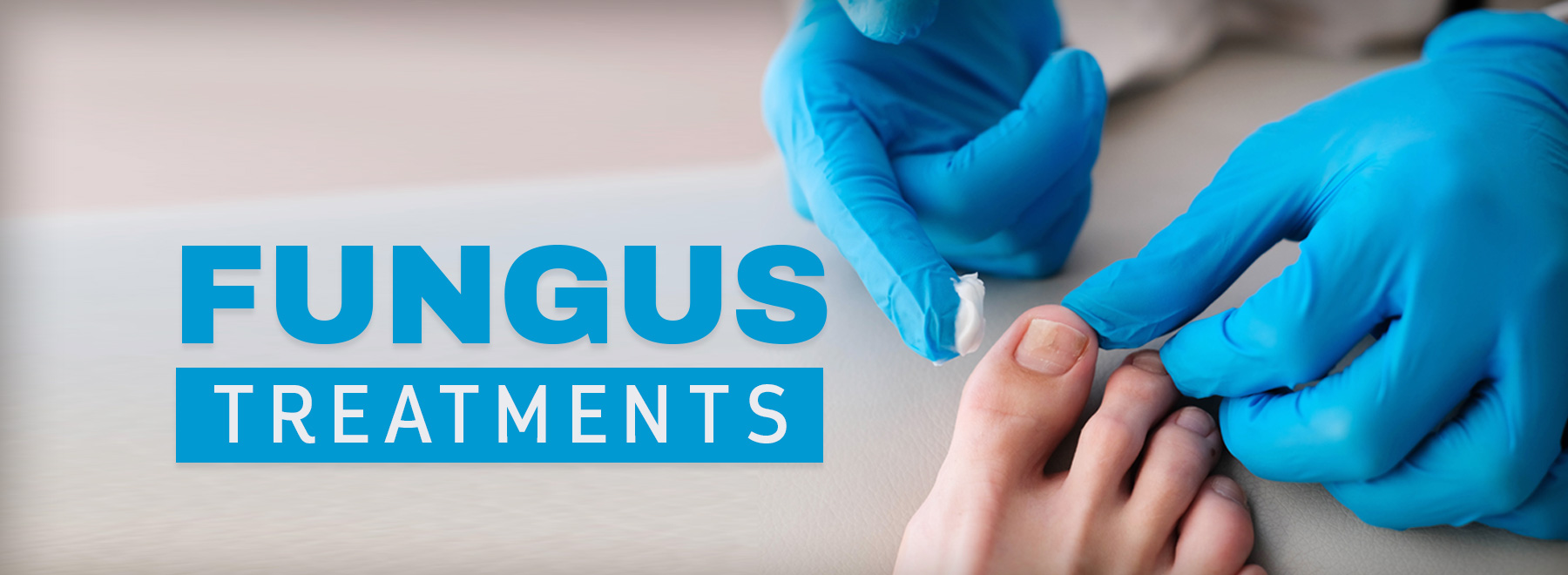Toenail fungus: how to treat and prevent it
If you have a creepy fungus growing under your toenail, you’re not alone.
And with daily temperatures soaring well into the upper 90s and 100s this summer, toes want to be out where they can breathe, not stuffed in a sweaty closed-toe shoe where the microorganisms are more prone to grow.
Toenail fungus, scientifically known as onychomycosis, affects roughly 14 percent of the population, according to the U.S. Centers for Disease Control and Prevention.
It’s caused by a variety of fungi that live in the environment. Small cracks in your nail or the surrounding skin allow them to slither in, causing an infection. It can be downright ghastly, turning your nail various shades of yellow, brown, green, grey or black.
It can also change the texture of your nail as the fungus eats away at it, causing it to thicken, crack, crumble, become fragile and even separate from the nail bed.
The good news is the infection is usually neither serious nor painful.
More good news: You don’t have to plan on spending a lifetime with the fungus because it is treatable.

Dr. Jeremy Jackson, chair of dermatology, said he sees patients with the condition often, sometimes even diagnosing it in routine skin checks.
“Anyone can develop onychomycosis, but it is more common in older adults and in males,” said Jackson. “Some risk factors include diabetes, venous insufficiency, malignancy, and obesity. Repeated trauma, sports activities and obstructive shoes can be risk factors as well.”
Pete Taylor, a retired school bus driver from Natchez, has tried several over-the-counter ointments over the years to treat the furry-looking foe growing on his left big toe. None worked.
“Eventually, I just gave up trying to treat it,” Taylor said. “The commercials and labels said they would cure it, so I figured mine was one that was incurable. Since it never seemed to bother me other than being ugly, I just try to ignore it.
“It never occurred to me to talk to a doctor about it. I figured anything they’d prescribe wouldn’t work either.”
Treating toenail fungus can be a challenge, Jackson said.
“It is difficult to get the medicine effectively to where the fungus resides in the nail plate,” said Jackson. “Traditional topical medications are ineffective, and even oral medications are not always curative. The more severe involvement of the nail, the less likely to treat effectively.”
That doesn’t mean your toenails will never see the light of day.
The most effective treatment is an oral antifungal medication such as terbinafine, said Jackson. It works by stopping the spread of fungi. It’s also used to treat jock itch, athlete’s foot, and infection of the scalp and other parts of the body.
Called a first line of defense against toenail fungus by the CDC, treatment with terbinafine usually lasts about 12 weeks, depending on the severity of the infection.
But the prescription-only pill doesn’t work for everyone and does come with its share of potential side effects, including nausea, vomiting, abdominal cramping, headache, changes in taste and problems with your liver. So it’s important to let your doctor know of any concerning symptoms.
“There are a few different types of toenail fungus, and some treatments are more effective depending on the subtype of toenail fungus,” Jackson explained. “No treatments are 100 percent effective, so some patients may respond to one treatment better than another.”
Alternative treatments include another prescribed pill, such as fluconazole, or a solution applied directly to the toenail.
“The newer topical treatments have given us a safer treatment that is almost as effective as the traditional systemic treatments,” said Jackson. “The limitation is getting access to these new medications due to costs. Like any new branded product with no generic, they can be expensive.”
Efinaconazole and tavaborole are applied directly to the toenail for 48 weeks. They cost about $775 per bottle, and patients use one bottle per month for 12 months. In comparison, terbinafine pills cost about $20 per month, for three months.
“I have treated patients successfully with the new topicals,” said Jackson. “I often prefer to use them, particularly in older patients who may be on a lot of other oral medications.
“If cost wasn’t an issue, I’d prefer them because they work almost as good as the oral medications, with very little risk of side effects and no serious side effects.”
Those side effects can include blistering, burning, itching, pain, stinging, or redness of the toenail.
With topical solutions out of the question, Taylor is considering asking his doctor to prescribe an oral treatment.
“I might as well give it a shot before my toenail falls off,” he said.
Toenail fungus does not go away on its own. Left untreated, it can continue to grow and cause pain as the nail thickens, most commonly from cutting the nail and from pressure from shoes.
“There is also increased risk of fungus spreading to feet and other parts of the body -- tinea pedis and tinea corporis.” Those are the scientific terms for ringworm of the foot and body, respectively.
More bad news: Recurrence is frequent, with some studies reporting it occurs as much as 50 percent of the time, said Jackson.
“Good regular foot care can help prevent recurrence. This means keeping feet dry.”
The American Academy of Dermatology Association recommends 12 tips to help prevent a toenail fungal infection.
Because toenail fungus is easier to treat when caught early, the AADA also recommends checking your nails and the skin around them at least once a month for early signs of infection. Here’s what to look for:
- Changes in nail color, such as a white spot or brown or yellow streak.
- Changes to the texture of your nails.
- Soreness or swelling around a nail.
- Dry, itchy skin.
If you notice signs of an infection, see a dermatologist. To schedule an appointment with a UMMC dermatologist, call 601-815-3374.
The above article appears in CONSULT, UMMC’s monthly e-newsletter sharing news about cutting-edge clinical and health science education advances and innovative biomedical research at the Medical Center and giving you tips and suggestions on how you and the people you love can live a healthier life. Click here and enter your email address to receive CONSULT free of charge. You may cancel at any time.



